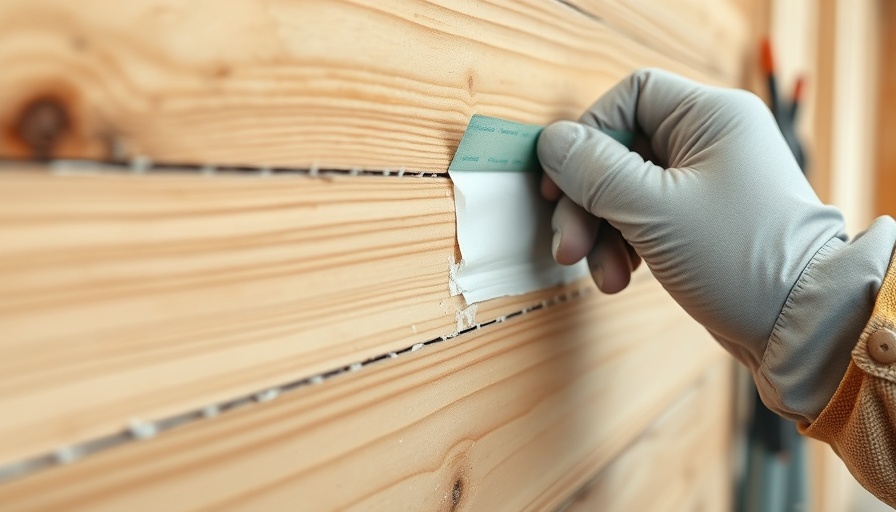
Revolutionizing Home Insulation: The Role of Thermal Spacers
In an era marked by increasing energy costs and environmental concerns, the introduction of thermally optimized window edge spacers is a significant breakthrough in building technology. Technoform's high-performance edge bond technology is designed to enhance the insulation of windows, promising to reduce heat transfer and energy consumption in buildings significantly.
The functionality of these warm edge spacers is particularly beneficial in climates facing considerable temperature fluctuations. By providing a barrier that minimizes thermal conduction, these spacers help maintain consistent indoor temperatures, making homes more comfortable year-round. Additionally, they are effective at preventing condensation—a common issue in colder climates that can lead to mold growth and other health hazards.
Why Energy Efficiency Matters in 2025
As we progress through 2025, energy-efficient home solutions are not merely a trend; they have become essential for modern living. Upgrading windows with energy-efficient technologies, including advanced spacers, can yield significant utility savings and have a positive impact on the ecosystem. According to studies, homes equipped with energy-efficient windows can save homeowners hundreds of dollars on energy bills annually while also enhancing property resale value (as highlighted by pivotal industry players like JKR Windows).
Sustainability and Design: A Harmonious Pairing
Today’s homeowners are increasingly conscious of sustainability. The integration of thermally optimized window edge spacers aligns seamlessly with this mindset. These products are designed not only for optimal performance but also to uphold aesthetic values. Sleek, modern designs that accommodate energy efficiency reflect a growing preference for elegance without compromising functionality. New designs feature features like low-emissivity (Low-E) glass technology that allows ample natural light while blocking harmful UV rays—essential for preserving the beauty of interiors.
Future Predictions: A Shift in Homebuilding Practices
Looking ahead, the implications of adopting these innovations stretch far beyond individual homes. With mounting evidence supporting the benefits of energy-efficient construction, the building industry may see a shift toward more sustainable practices overall. Emerging technologies, such as smart window systems that adjust automatically to outdoor conditions, could complement these spacers, offering even greater energy savings. As consumer demand for eco-friendly housing increases, builders are likely to prioritize these advancements, driving the market toward greater sustainability.
Take Action Now
If you’re contemplating window upgrades for your home, consider investing in energy-efficient options equipped with thermally optimized spacers. Not only will this enhance your living space's comfort, but it will also support a more sustainable future for our planet. Stay ahead of trends and make informed choices that benefit both your wallet and the environment.
 Add Row
Add Row  Add
Add 






Write A Comment